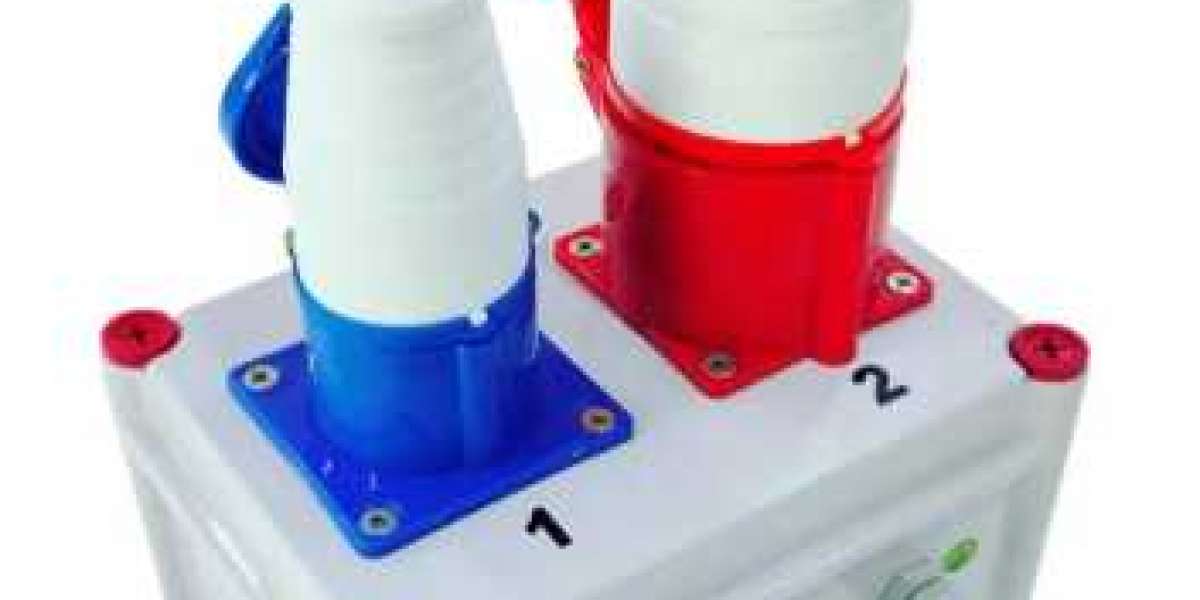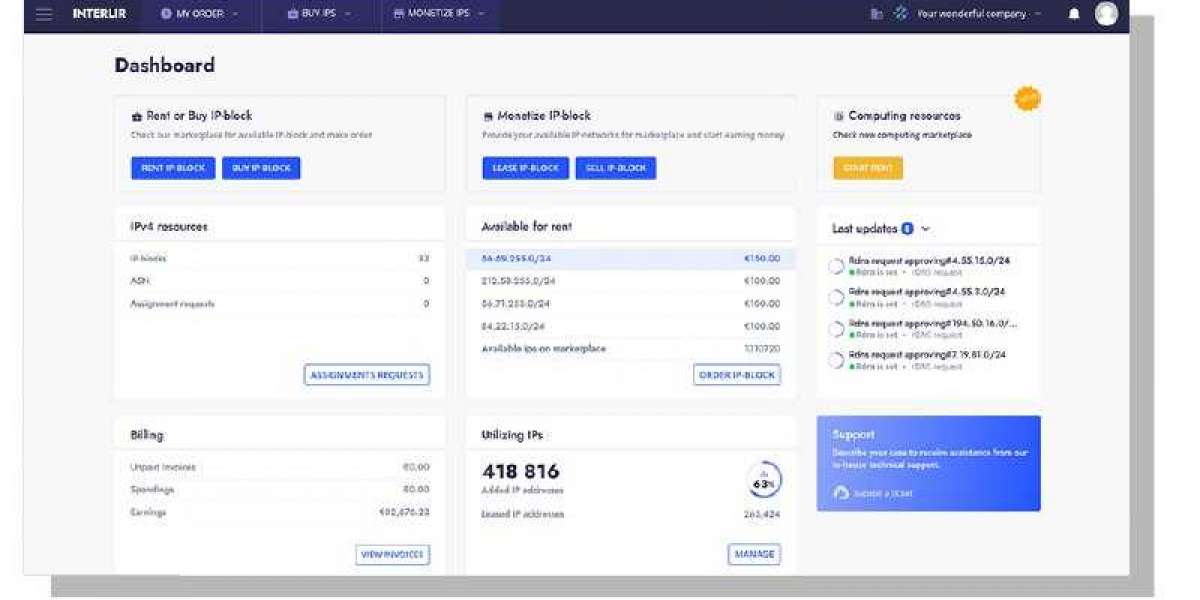In modern facilities where uptime and safety shape daily decisions, an industrial socket box plays a quiet but essential role in powering equipment and protecting circuits. These enclosures combine secure terminations, clear labelling and durable sealing so installers and maintenance teams can manage feeds with confidence. As energy use patterns shift and facilities pursue smarter asset routines, choosing the right housing reduces field improvisation and keeps operations moving.
Design matters more than many assume. A well arranged unit separates power conductors from control wiring and leaves room for service loops so technicians can reterminate without tight bends. Terminal blocks that accept correct torque and captive fasteners make routine rounds faster, while replaceable glands and seals let teams refresh weatherproofing without replacing the whole assembly. Practical details like these shorten repair time and keep spare lists compact.
Safety features are central. A thoughtfully specified enclosure incorporates accessible isolation points and clear marking that simplify lock out procedures. Where vibration or repeated coupling occurs, mechanical retention holds contacts steady and reduces the chance of a loose connection becoming a heat source. Visible engagement markers and guarded live parts help nontechnical staff confirm a safe state before technicians begin work.
Material and finish choices reflect the environment. Stainless or coated faces resist corrosive atmospheres while engineered polymers tolerate impact and resist UV exposure in outdoor installations. Choosing a body that accepts a service friendly insert means a worn contact or a damaged seal becomes a small field repair instead of a logistic problem that delays service. That repair oriented approach aligns with sustainable maintenance and with procurement that values predictable upkeep.
Integration with monitoring is an emerging advantage. Some housings accept simple sensors that watch temperature or current and send alerts when values exceed normal patterns. That local visibility supports condition based checks and helps teams plan targeted interventions before a fault interrupts production. Modular families that leave room for such options allow facilities to add intelligence without rewiring panels or sacrificing sealing.
Installation guidance simplifies commissioning. Suppliers that publish mounting notes, gland sizes and torque values reduce guesswork and help installers follow intended assembly steps. Photographic wiring diagrams tucked inside a cover aid future crews and shorten handovers. When a project includes multiple sites, standardization on a family with clear accessory notes means technicians encounter familiar layouts and need less onboarding time.
Maintenance routines keep small issues from growing. A quick visual sweep for loose covers, gasket condition and signs of discoloration around terminals points teams to parts that need attention. Periodic hands on torque checks and a brief thermal feel test at terminations identify incipient heating before insulation shows damage. These checks fit into short rounds and deliver significant risk reduction with little interruption.
Procurement and logistics benefit from repairable design. Spare part lists that focus on modular inserts and on common gland sizes let stores carry fewer SKUs while restoring service quickly. Choosing housings with replaceable seals and captive fasteners reduces waste and preserves budgets because teams swap small components rather than entire boxes.
If your facility faces reconfiguration or if you want an approach that simplifies wiring and eases maintenance work, consider families of housings that emphasize service friendly parts, clear mounting guidance and upgrade paths for modest monitoring. Supplier documentation and product imagery help match enclosures to site exposure and to expected duty so installers avoid field improvisation and maintenance stays predictable.
For product options, accessory packs and mounting details that assist specification and installation, visit www.nante.com . These resources support planners and technicians in choosing an enclosure that balances protection, serviceability and integration so your electrical distribution stays orderly and dependable over the long term.





